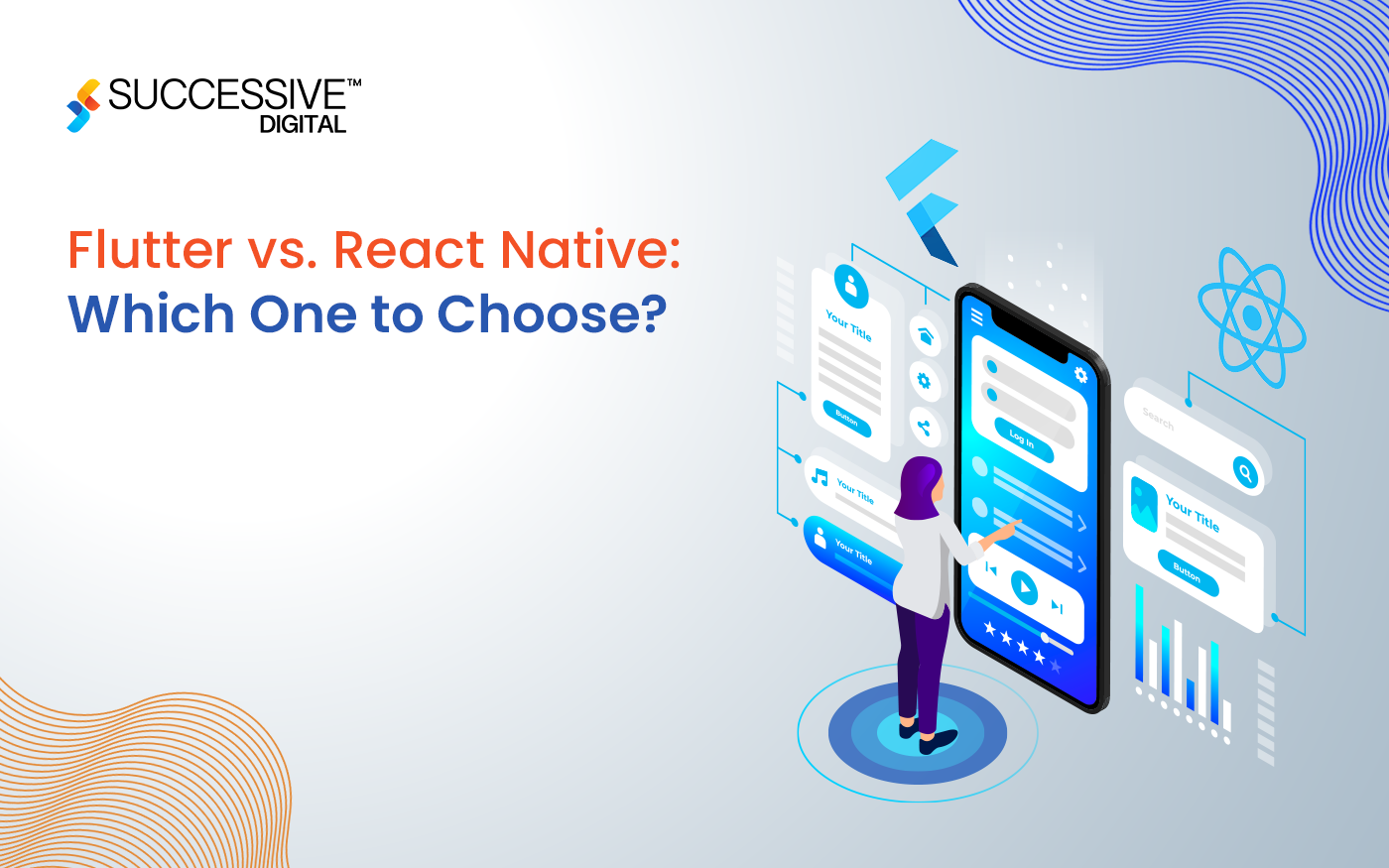Businesses want to make their services and products accessible to a large number of people possible. To achieve a high level of accessibility, technological capabilities, and bandwidth reliability have stood continuously as a hurdle. This scenario is where PWAs come to the fore. These are nothing but a website that looks and behaves exactly like mobile apps.
Companies like Forbes have used PWAs to great success. They saw 2x increase in average user session length and 20% more impressions. However, to get such exceptional numbers, it is important to focus on UI/UX of the PWAs to boost user experience:
Below are some of the tips on designing PWA to get a much better User Experience (UX).
Search giant Google recommends some tips to ensure that users enjoy rich, fast, reactive web experiences
1. Focus on loading time
- PRPL pattern — This pattern optimizes minimum time interaction and makes sure it acquires maximum efficiency in caching.
- Service worker caching — Even if the pages are not open, service worker caching is a script that runs in the background of your browser. As they are excellent in caching, it allows PWA to serve the instant response on slow networks.
- Server-side rendering — when the JavaScript fails or is disabled, users can get faster content with server-side rendering. It even allows the search engine to index it quickly.
2. Makes it User-centric
Making the PWA user-friendly is the ultimate goal that too fast and efficient as possible. For instance, ensure that the progress of the user is shown for every significant interaction. Also, ensure every item in your PWA has a purpose. Less and useful things usually make better User Experience (UX).
3. Make it seamless
The things, instant loading, and providing smooth experience are both different. Ensure there are quiet and seamless transitions without any downtime, especially when users are processing payment and submitting forms. Users often bounce at clunky changes during these types of instances. So always keep this in mind when it regards your design.
4. Make it shareable
PWAs do not provide easily accessible URLs. Therefore you need to ensure that users could still share whatever page they are looking at easily. To apply this on PWA, you can have a share button that allows the users to copy the URL on the clipboard. Make sure the loading of the third-party JavaScript is delayed when sharing social buttons until the primary content of the page is loaded.
5. Ensure flawless touch interactions
As a thumb rule, communications must be implemented flawlessly or not at all. It is because it is disgracefully difficult to implement advanced touch interactions like swipe to dismiss and pull to refresh. You can instead use a bottom navigation bar that does not suggest the possibility of advanced touch interactions.
6. Be iconic
When the PWA is added to the home screen of the user, you will want it to blend well with the native apps. Along with making it a natural fit, you will also want to ensure that it is flexible to the requirement of different platforms like IOS, Windows, and Android.
Conclusion
When considering the low cost of building a single PWA for multiple devices and platforms, it makes a lot of sense for businesses. It is evident why PWA is the only one to replace traditional native apps in the upcoming future.











